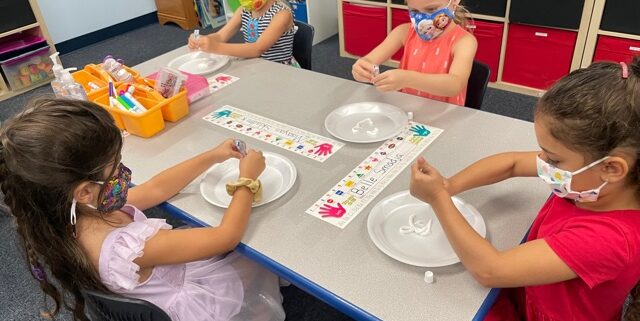Developing Critical Thinking Skills in Children
“You have brains in your head. You have feet in your shoes. You can steer yourself in any direction you choose.”
-Dr. Seuss
Research shows just how important critical thinking is for children, teenagers, and adults. That is why educational experts state that in order to develop students into critical thinkers, the skills need to be taught starting at a very young age.
What is Critical Thinking?
That leaves us with the question, “what is critical thinking?” It is hard to come up with one solid definition because critical thinking is a wide spectrum of concepts. College Researchers sum it up best, “in order to be a critical thinker, you need to be able to think independently, clearly, and rationally. It involves the ability to reflect on an idea or problem, apply reason, and make logical connections”.
As you can imagine, mastery of the critical thinking skill can take a long time which is why these skills should be practiced starting in elementary school and continuing to be scaffolded and practiced in middle school and high school.
Why are Critical Thinking Skills so Important to Learn?
But why? Why is learning critical thinking skills so important? The benefits are endless.
First, by teaching these students the skills of critical thinking, you are encouraging their natural curiosity. Students learn best when they question and ask why; this involves higher-order thinking which is the main element of critical thinking. When students learn to be naturally curious, they will learn so much more about the world around them.
Not only that, but critical thinking reinforces their problem-solving ability. The goal is for students to learn to be independent thinkers and to be creative and problem solve. Critical thinking gives students the chance to look at a problem, and take the steps necessary to solve it on their own.
How can Critical Thinking Skills be Used in Real Life?
Lastly, critical thinking is a skill not just for learning but for life as well. These skills will carry over into career choice and family life. Children will one day be adults who will face problems in their life that will need creativity and problem solving on a daily basis. Learning these skills now will produce confidence and resilience to make better decisions in the future.
So, how can you go about teaching your students or children how to think critically? Here are 5 ways you can implement critical thinking strategies in your classroom or at home to foster critical thinking skills.
- Analyze– have students analyze pictures! Critical thinking does not have to only come from books.
- Infer– have children read a book, play a game, almost anything really, and have them infer, or make a reasonable assumption, about how the main character is feeling, or what will come next.
- Ask why– this is one of the most underutilized strategies. When students answer a question, ask them a follow-up question with why. This makes them extend their thinking.
- Debate– have students look at a different perspective of a different topic and ask them how that perspective would argue their stance. This makes them take on a different point of view.
- Model– show children and students how to problem solve by modeling problem-solving. Children are like sponges and always absorb information.
Critical thinking is so important and can be a difficult skill to learn. That does not mean it is impossible; all you need is to use the right strategies and tools, and lessons can be creative and fun!
Learn more about developing critical thinking skills and our curriculum at Beth Emet School www.bethemetschool.org




